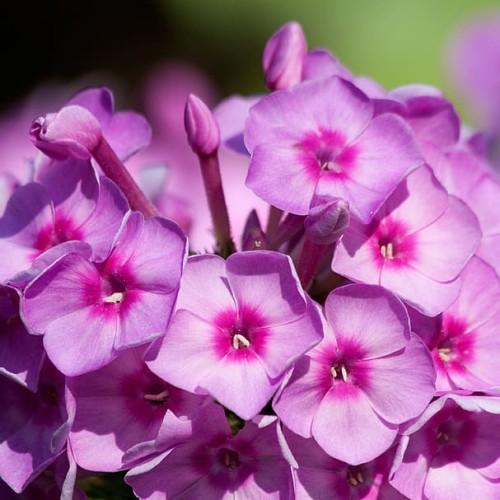
garden phlox
Phlox paniculata 'Shortwood'
Also Known As - border phlox,common phlox,common phloxCycle:
Herbaceous Perennial
Watering:
Average
Hardiness Zone:
4 - 8
Flowers:
Flowers In Summer
Sun:
full sun
Soil:
Rocky , gravelly , dry, Well-drained
Fruits:
Fruits In Autumn Ready In Fall
Leaf:
Yes
Growth Rate:
High
Maintenance:
Moderate
Drought Tolerant:
Yes
Care Level:
Medium
watering
Garden phlox should be watered once a week in the absence of rainfall. Make sure the soil is damp but not soggy by thoroughly watering the plants until water is seen coming out of the bottom of the pot. You should water garden phlox deeply to a depth of 2 or 3 inches per week. During dry and hot weather, it may be necessary to water more frequently.
sunlight
Garden phlox (Phlox paniculata 'Shortwood') prefers full sun for optimal growth and bloom. During the summer months, the plant should receive at least 6 hours of direct sunlight each day. In the winter, the amount of direct sunlight can be reduced to 4 hours or less, as long as it still receives bright indirect light for the remainder of the day.
pruning
Garden phlox should be pruned annually, preferably in late fall or early spring. Cut out any dead or diseased wood and reduce the overall height and width of the shrub by 1-third. Make sure to leave 1-3 healthy canes. Pruning older, woody stems with few leaves near the base of the plant will encourage bushier, healthier growth. If desired, prune further to leave only the brightest, fullest blooms for the next season. Trimming off faded flowers, in a process called “deadheading”, will also help to promote additional blooms.
